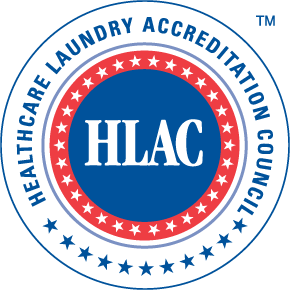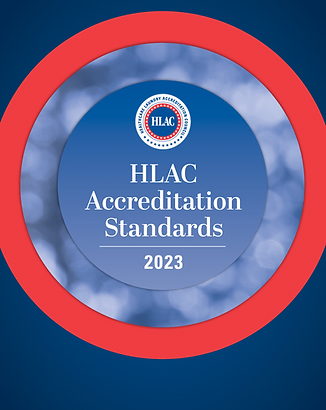Standards FAQs
What type of soil bags should be used for the dirty linen?
HLAC standards emphasize functional separation as a key principle in maintaining the hygienic state of healthcare linens. Proper containment of soiled textiles is essential to prevent cross-contamination and ensure the safety of those handling them. Specifically, HLAC Part II, Section 7.4.2.1 highlights the importance of proper containment to maintain the hygienic state of soiled linen during handling and transport.
Using leak-proof or fluid-resistant bags ensures that liquids and contaminants remain contained, reducing the risk of cross-contamination between soiled and clean areas. This aligns with the requirement for functional separation, which mandates distinct and properly managed pathways for soiled and clean textiles to prevent overlap and exposure. Moreover, these bags protect workers from potential exposure to infectious materials, thus supporting a safer working environment.
While HLAC does not specify a required type of bag, any bag used—whether disposable or reusable—must be leak-proof or fluid-resistant to comply with the standards and ensure both hygienic practices and worker safety.
We've had requests by IP nurses to vent the plastic covers used over carts/hampers to prevent condensation/mold. Is there flexibility to do so in the standards?
Consider a process change, such as allowing the linen sufficient time to cool down before being wrapped and reducing the risk of condensation. This adjustment could help meet the necessary standards more effectively.
To qualify for Certified Hygienic Testing, is HLAC accepting Quarterly results to start things off or do we need to provide 3 consecutive months and then quarterly?
We accept Quarterly results. The requirement is 3 consecutive sets of results at least one month apart.
We would like to replace the stainless steel plating in front of the large blanket blasters and towel folders with an epoxy floor covering that is advertised to be acceptable in a healthcare setting. Is this acceptable?
According to the standards, Part I section 5.2.2 outlines that all surfaces, including flooring in areas where healthcare textiles are processed or stored, must be made of materials that are non-porous, smooth, and easily disinfectable. Both stainless steel and hospital-grade epoxy flooring meet these criteria, as they are designed to withstand regular cleaning and disinfection protocols, making them suitable for healthcare environments.
Hospital-grade epoxy flooring, when installed and maintained correctly, provides a durable, seamless, non-porous surface that can be easily cleaned and disinfected, which aligns with HLAC requirements.
As long as the epoxy flooring is certified to be hospital-grade, meets disinfectability standards, and is installed following manufacturer recommendations to ensure long-term integrity, it would be an acceptable replacement for stainless steel flooring under the standard.


